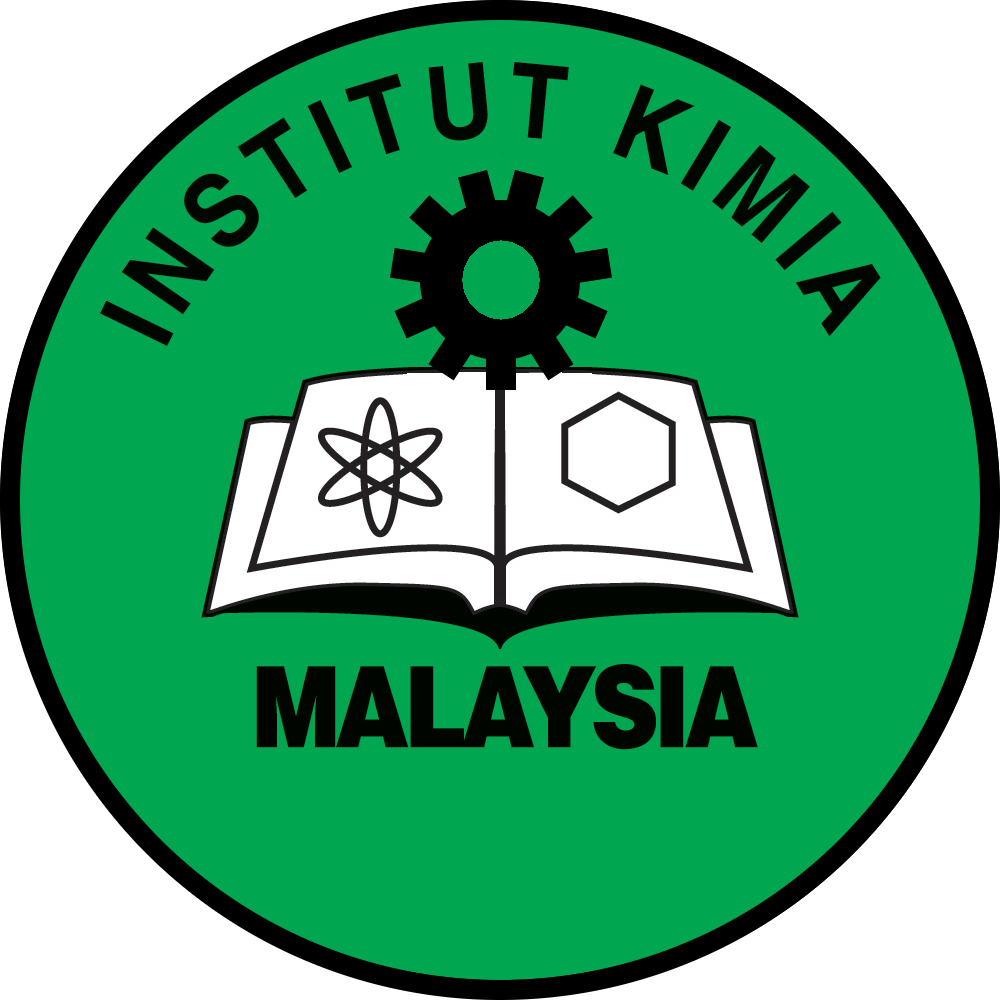Influence of Post-annealing Temperature on the Structural, Morphology, Optical and Electrical Properties of Cesium Bismuth Iodide (Cs3Bi2I9) Perovskite Solar Cells (PeSCs) Through the Hot Immersion Method
DOI: https://doi.org/10.55373/mjchem.v27i1.242
Keywords: CBI; perovskite; solar-cells; hot-immersion method; post-annealing
Abstract
In this paper, the influence of post-annealing on the properties of cesium bismuth iodide (Cs3Bi2I9-CBI) perovskite solar cells (PeSCs) fabricated through the hot immersion method (HIM) is reported. Recently, lead (Pb)-based PeSCs were widely discovered, however, they are toxic material, while the CBI-based PeSCs are a non-toxic material. The CBI fabricated using a simple method by changing the post-annealing temperature (PAT) between 100oC and 250oC. The XRD results showed that the crystallinity of the CBI film was improved, and crystallite sizes were increased as well, which is from 20 nm to 23 nm at 100oC and 200oC, respectively, while the surface morphology showed that the island-like structure and compact surface. On increasing the PAT, an increase in the average surface roughness from 355 µm to 1,016 µm was observed, due to the enlargement of CBI crystal structure under continuously applied heat and PAT. The increment led to an enhancement of the optical properties with a narrower indirect bandgap, which is from 1.92 eV to 1.89 eV to 1.86 eV to 1.87 eV at 100oC, 150oC, 200oC and 250oC, respectively. Eventually, the performance of HIM-fabricated CBI-PeSCs showed an increment, particularly the short-circuit current density (Jsc), which is one thousand eight hundredfold increases, i.e., from 2.5 x 10-4 mA/cm2 to 0.45 mA/cm2 at 200oC. It thus gives the potential impact as it will help contributing to the body of knowledge of solar cell development with stable and non-toxic PeSCs. Our findings give useful new knowledge for the fabrication of CBI PeSCs through a simple method with a non-toxic material, and it could be a useful approach in the development of Pb-free PeSCs in the future work.
